Calcium is crucial for overall health, especially bone strength and nerve function. This guide navigates the diverse ways to ensure you get enough calcium in your diet, promoting a foundation for strong health.
This article is an invaluable resource that empowers individuals to prioritize their bone health and overall well-being by understanding the importance of calcium intake. It offers a wealth of information, including the benefits of calcium for bone strength, dental health, and muscle function and its role in preventing conditions like osteoporosis. It provides practical tips on including calcium-rich foods such as dairy products, leafy greens, fortified foods, and supplements into one’s diet, considering dietary preferences and restrictions. This guide simplifies calcium consumption and gives accessible advice, helping readers have the knowledge and tools to maintain optimal calcium levels. This ultimately builds the foundation for lifelong health.
1. Calcium-Rich Foods: Building a Solid Dietary Foundation
a. Exploring Dairy Sources
Dairy products like milk, cheese, and yoghurt are well-known calcium powerhouses. These foods offer a high bioavailability of calcium, ensuring your body can efficiently absorb and utilize this essential mineral for bone health and beyond.
b. Non-Dairy Options for Calcium
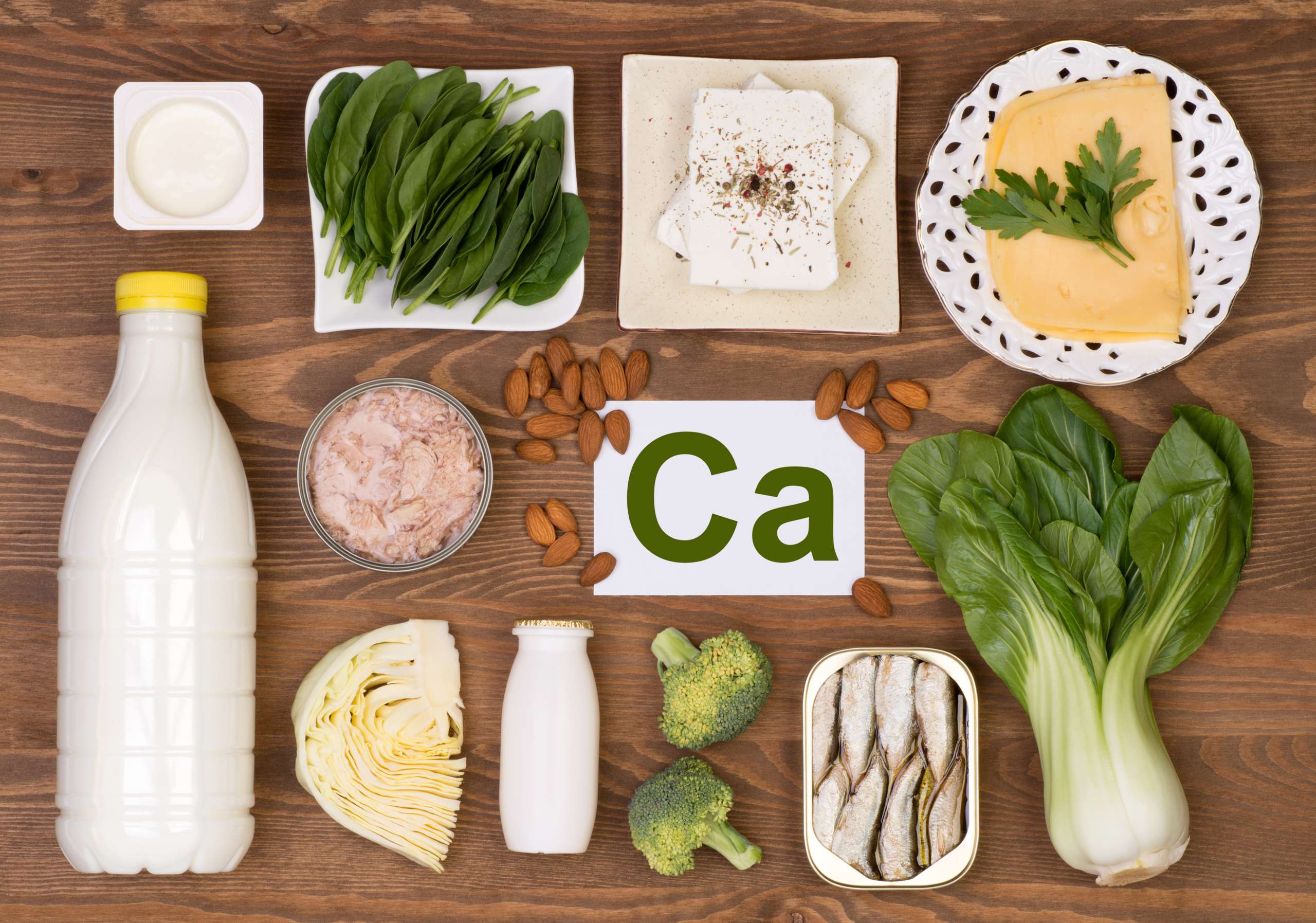
If you’re lactose intolerant or have dietary preferences, consider non-dairy sources. Fortified plant-based milk, tofu, and leafy greens are excellent alternatives. These options provide a wealth of calcium without relying on traditional dairy products.
Also read: Unveiling The Benefits Of Calcium In Pregnancy
2. The Green Power of Leafy Vegetables: Unveiling Calcium-Rich Greens
a. Kale and Collard Greens: Nutrient-Rich Choices
Leafy green vegetables, including kale and collard greens, boast a high calcium content and a variety of other essential nutrients. Including these greens in your diet diversifies your nutrient intake while supporting your calcium requirements.
b. Enhancing Absorption with Vitamin K
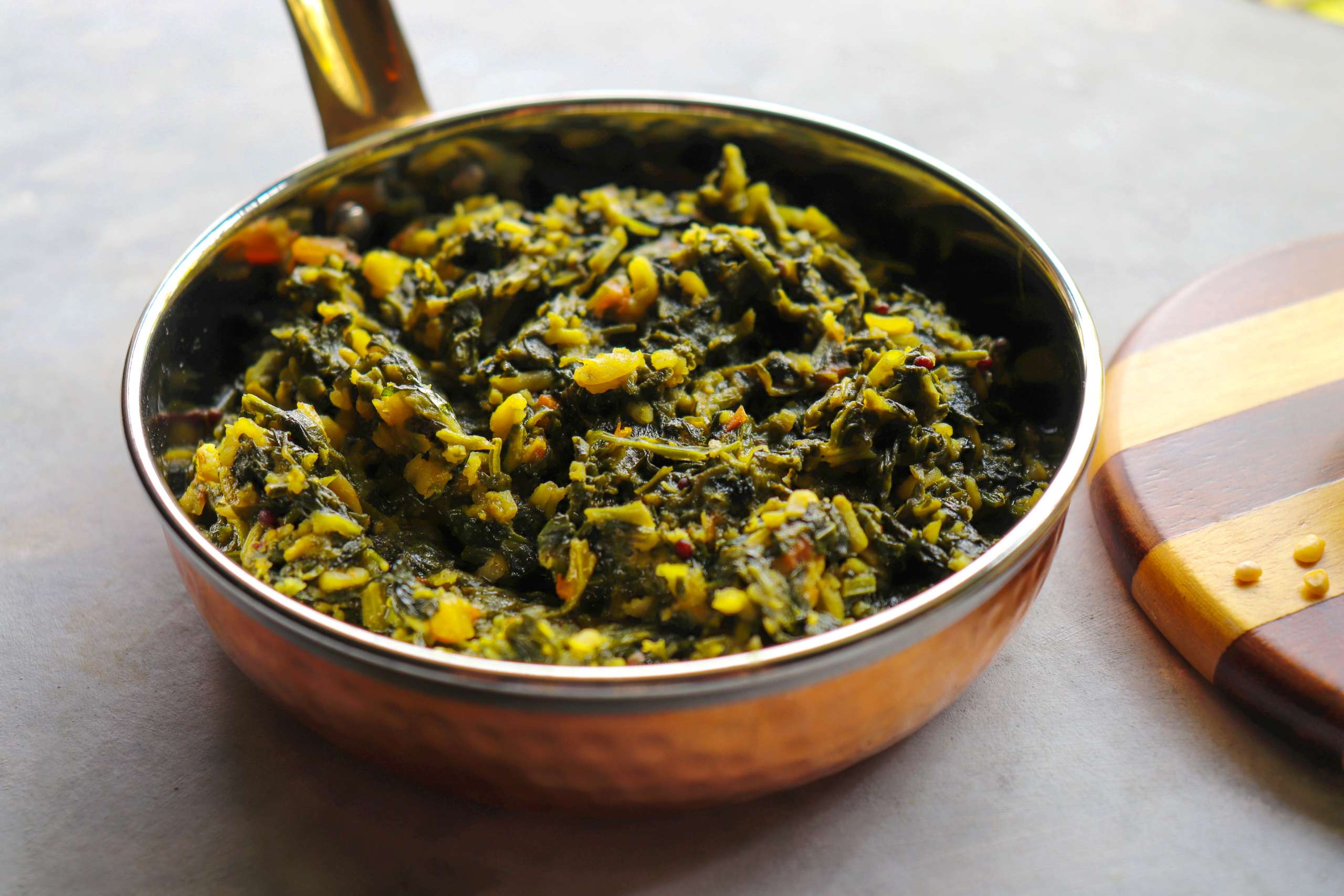
Leafy greens are rich in calcium and contain vitamin K, which plays a role in calcium regulation and bone health. This symbiotic combination ensures optimal absorption and utilization of calcium from plant-based sources.
Also read: Nutrient Powerhouse: How to Get Enough Vitamin K In Your Diet
3. The Seafood Solution: Savoring Calcium from the Ocean
a. Sardines and Salmon: A Seafood Calcium Boost
Certain fish, like sardines and salmon, are not only delicious but also excellent sources of calcium. Consuming these varieties provides a tasty alternative for those who enjoy seafood, contributing to their overall calcium intake.
b. Navigating Concerns with Mercury Levels
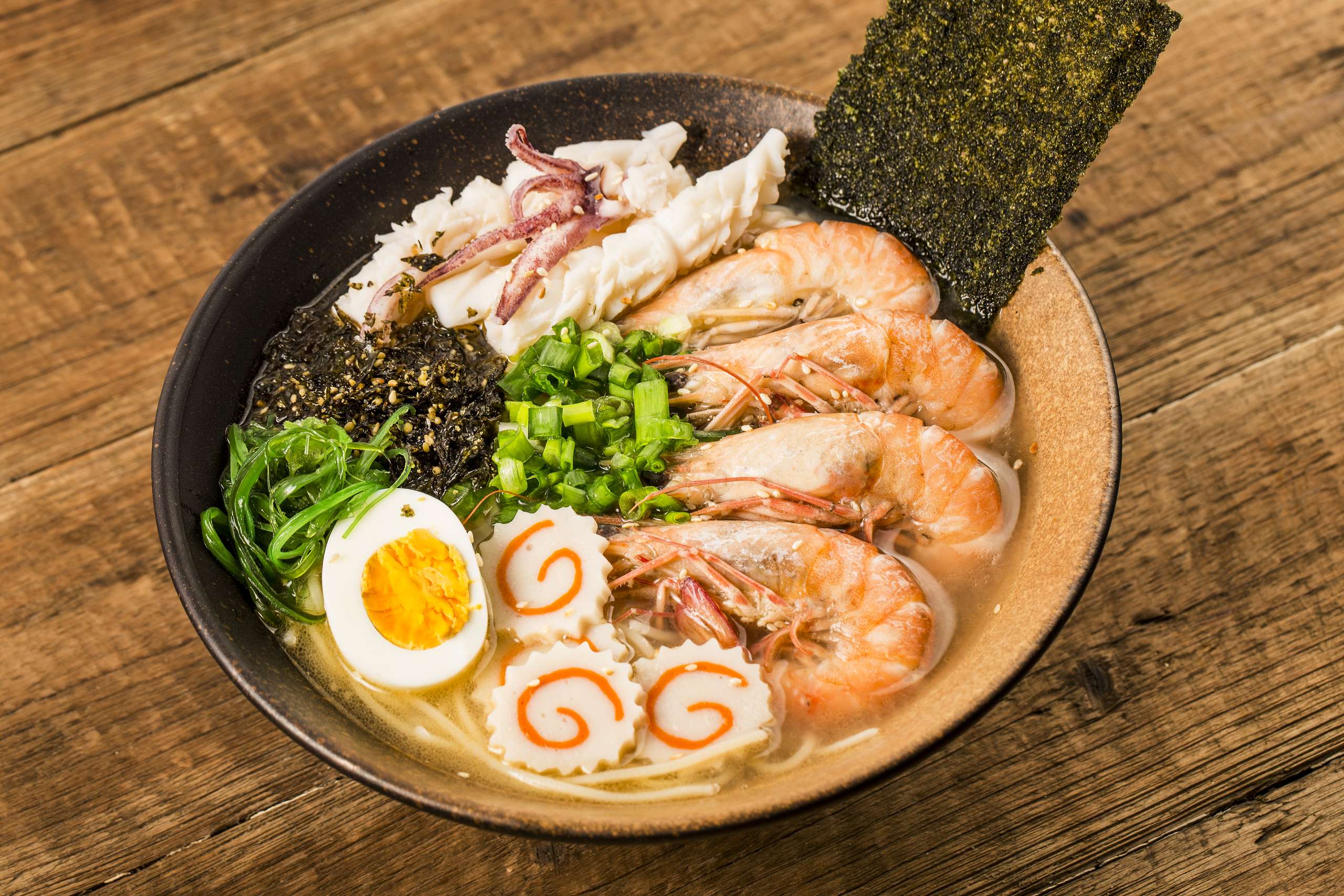
While seafood offers valuable calcium, it’s crucial to be mindful of mercury levels, especially for pregnant individuals. Balancing seafood consumption is important. It ensures you get the benefits without harming your health, especially when considering mercury content.
Also read: Nourishing Diet: Safe Seafood Options For Pregnancy
4. Fortified Foods: Infusing Calcium into Everyday Options
a. Fortified Cereals and Juices
Many breakfast cereals and fruit juices are fortified with calcium to enhance their nutritional profiles. Fortified options can be a convenient and tasty way to increase your daily calcium intake, especially for those with specific dietary preferences.
b. Selecting Fortified Non-Dairy Alternatives
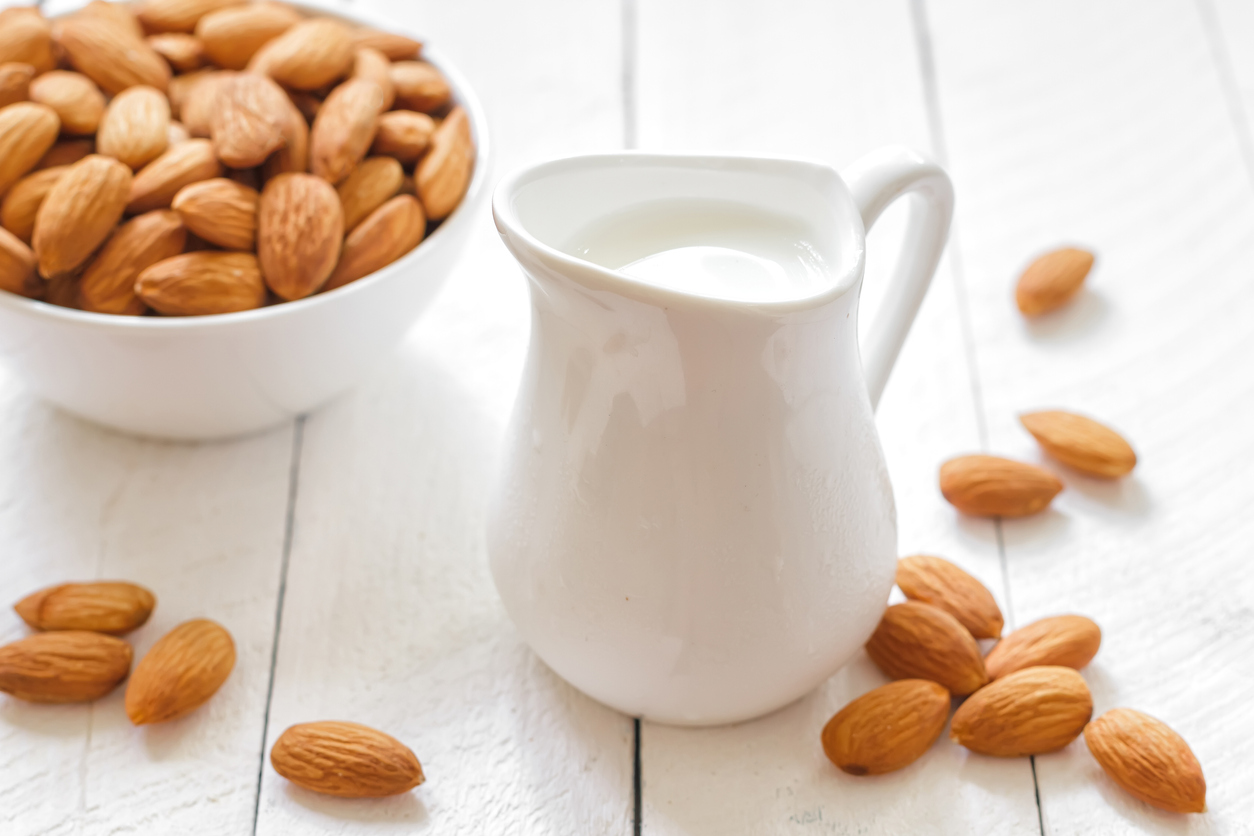
Fortified non-dairy milk alternatives, such as almond, soy, or rice milk, offer a calcium boost for those who opt for plant-based options. Checking product labels for added calcium ensures you choose fortified alternatives that contribute to your overall intake.
5. Smart Snacking: Incorporating Calcium-Rich Snack Choices
a. Greek Yogurt Parfait: A Snack Sensation
Creating a Greek yoghurt filled with fruits and nuts is a delightful and calcium-rich snack. Greek yoghurt is rich in calcium and protein, making it a satisfying and nutritious option for between-meal cravings.
b. Cheese and Whole Grain Crackers: A Tasty Duo
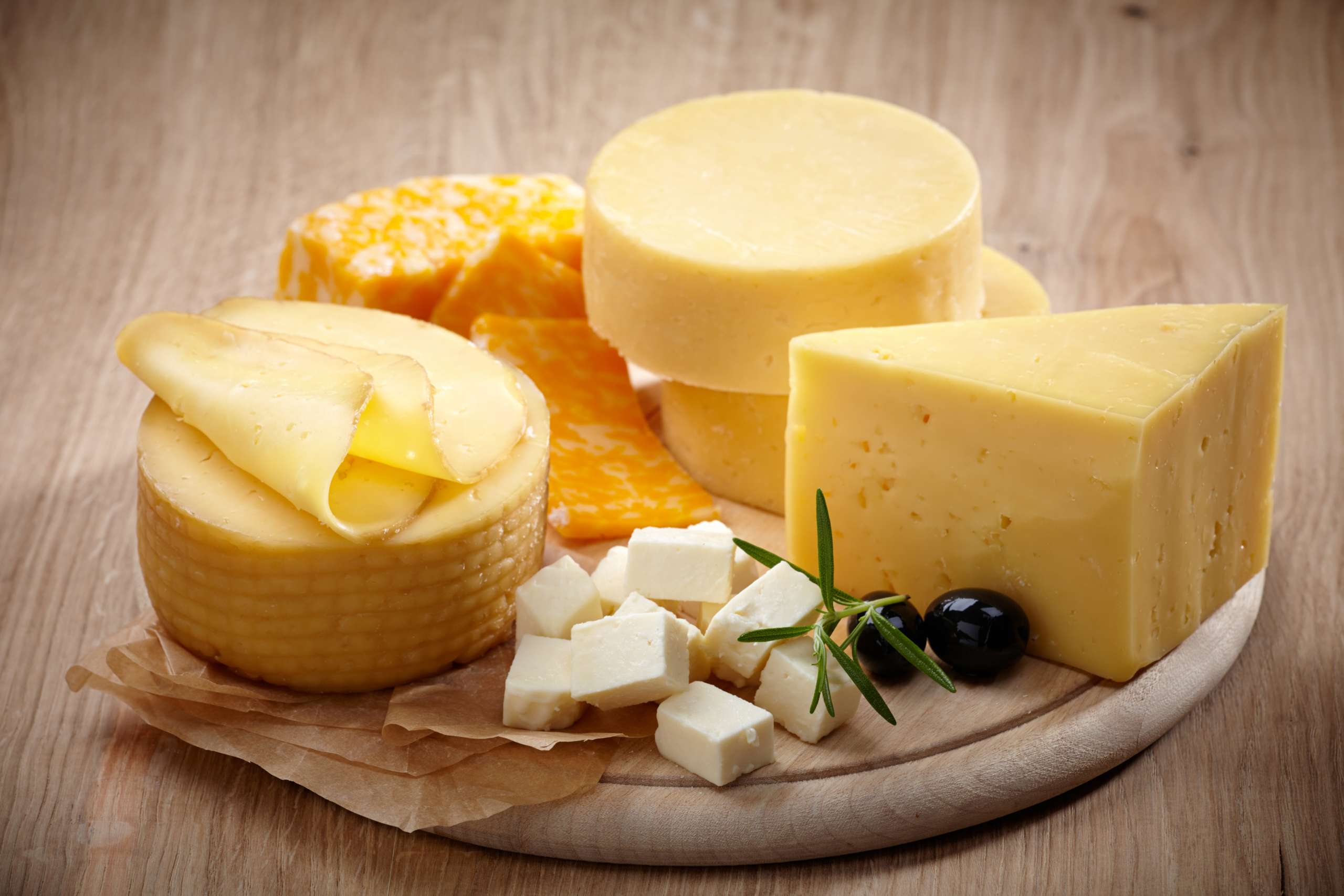
Pairing cheese with whole-grain crackers satisfies your taste buds and delivers a calcium punch. The combination of dairy calcium and the nutritional benefits of whole grains makes this snack a smart and delicious choice.
6. Cooking with Calcium: Culinary Strategies for Nutrient-Rich Meals
a. Including Calcium in Cooking
Adding calcium-rich ingredients to your cooking routine is a practical way to elevate your calcium intake. Include ingredients like fortified plant-based milk in your morning smoothie or use canned fish with bones for calcium-rich soups and stews.
b. Calcium in Condiments and Spices

Surprisingly, some condiments and spices, such as tahini and poppy seeds, add calcium to your culinary repertoire. Including these ingredients in dressings, spreads, or seasoning blends enhances your meals’ flavour and nutritional content.
7. Supplementation Considerations: Assessing the Need for Supplements
a. Understanding Supplemental Calcium
A balanced diet ideally provides sufficient calcium. However, some individuals may consider calcium supplements, especially if dietary intake falls short. Consulting with a doctor ensures proper dosage and minimizes the risk of exceeding recommended levels.
b. Combining Calcium with Vitamin D
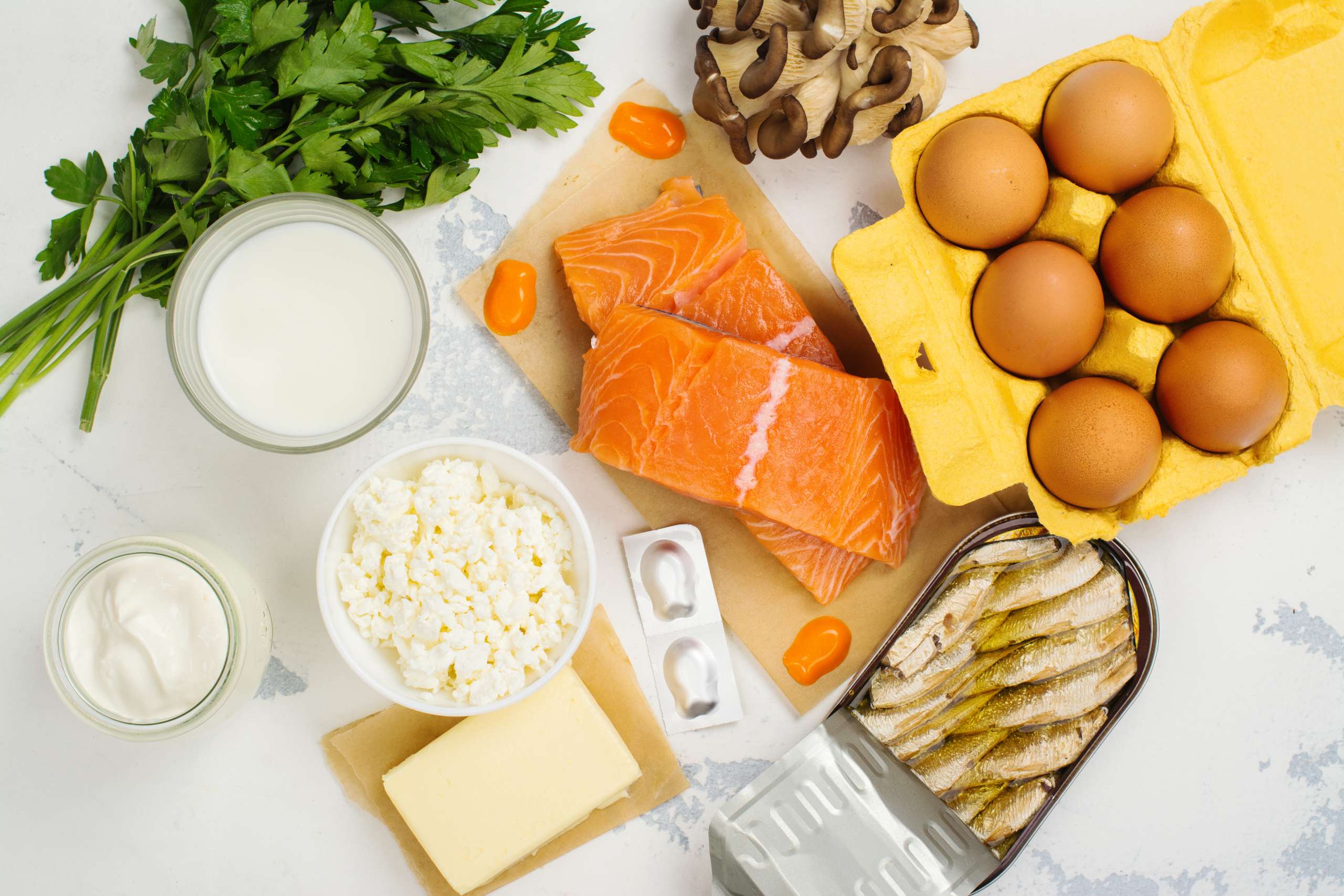
Vitamin D is crucial in calcium absorption, making it essential to consider when supplementing. Many calcium supplements are combined with vitamin D for optimal utilization, emphasizing the importance of this synergistic relationship.
Also read: Unveiling Essential Sources Of Vitamin D For Pregnant Women
To enhance the absorption of calcium, foods rich in magnesium and phosphorus are also equally important. Foods like avocados, nuts, legumes, tofu, seeds, whole grains and fish.
In conclusion, ensuring you get enough calcium in your diet involves a diversified approach. This includes dairy and non-dairy sources, seafood, fortified foods, smart snacks, and calcium-rich ingredients in cooking. Tailoring your calcium intake to your dietary preferences and lifestyle ensures you build a foundation for strong bones and overall well-being. By exploring the diverse ways to infuse calcium into your diet, you embark on a delicious and nutritious journey toward optimal health. Physical exercises help in building strong bones and endurance.
